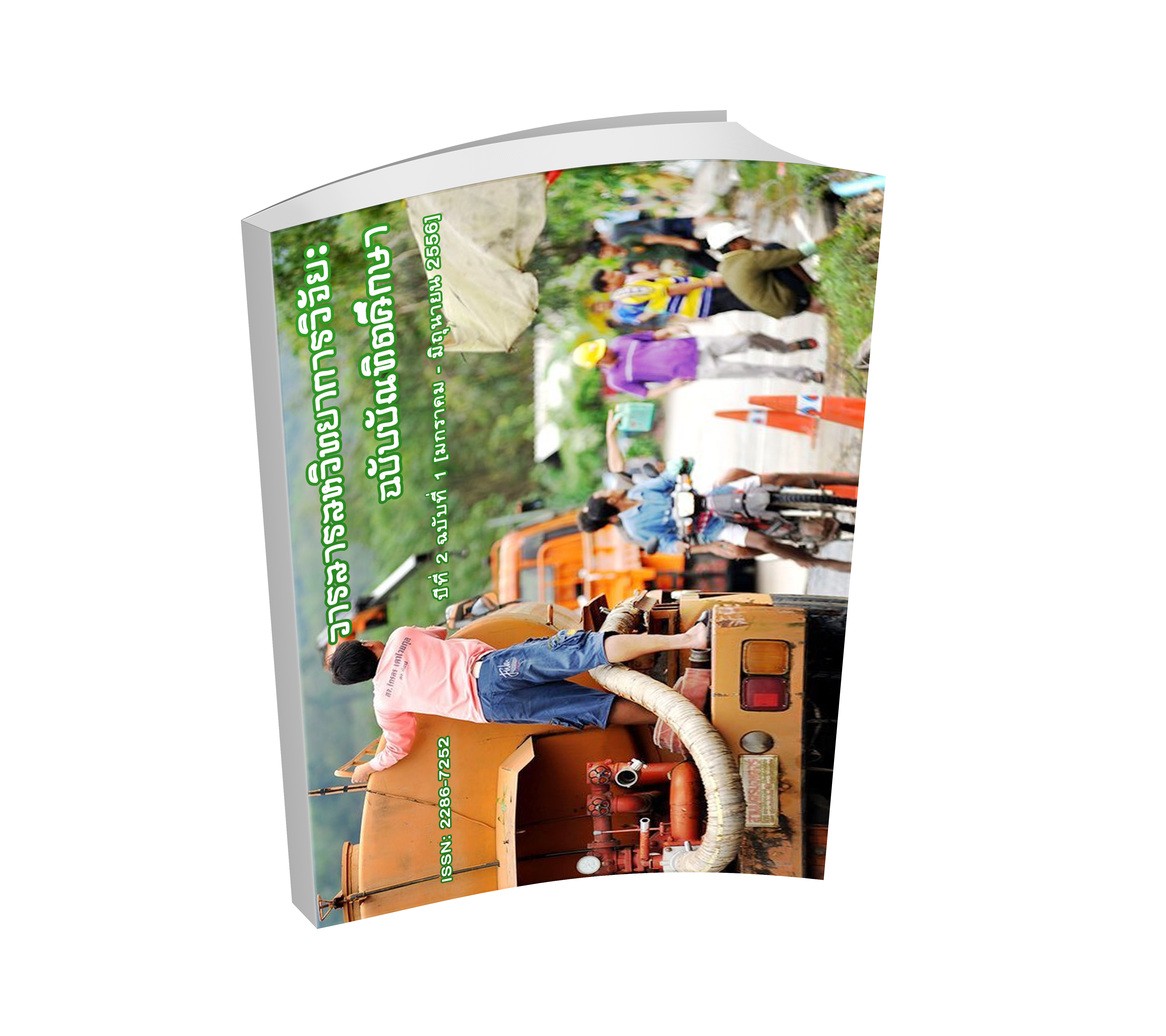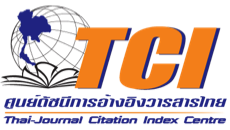ความขัดแย้งทางการเมืองท้องถิ่นในจังหวัดสุราษฎร์ธานี
Keywords:
Conflicts in Local Political, SuratthaniAbstract
The purposes of this research were to study the causes and consequences of political conflicts of Namcheaw Subdistrict Municipality with the local people. Sample of this research were 5 locals of Namcheaw Subdistrict Municipality in Suratthani, related to the local politics in Suratthani, consisted of the old political group, the new political group and the old and new political support group (campaigners or supporters). The tools used in this study were the questionnaires. Collected statistical data was analysed as a descriptive summary. The research findings were summarised as follows: According to the Constitution of the Kingdom of Thailand, B.E. 2550 and Decentralisation Act, it was emphasised on the local government authorities having the right to govern themselves independently, and decentralising by allowing the authorised representative to self-manage locally. However, that led to a situation of conflicts since either side was trying to make their own opinions and achieve them, fostering a pattern of disagreement, thus arising said conflicts. The underlying reasons of the conflicts of Namcheaw Subdistrict Municipality were caused by the differences of opinion between the old and new politicians group that came from the individual characteristics such as background, perception, sensation and the unclear communication and perception systems of different individuals. Hence affected the local communities to have deteriorated interpersonal relationships and trust, divided factions and a feud that may lead to solving problems with emotions rather than reasons or with pressures and violence in such manner that rose death toll, ultimately causing people to be fed up with politics.
Downloads










.png)


